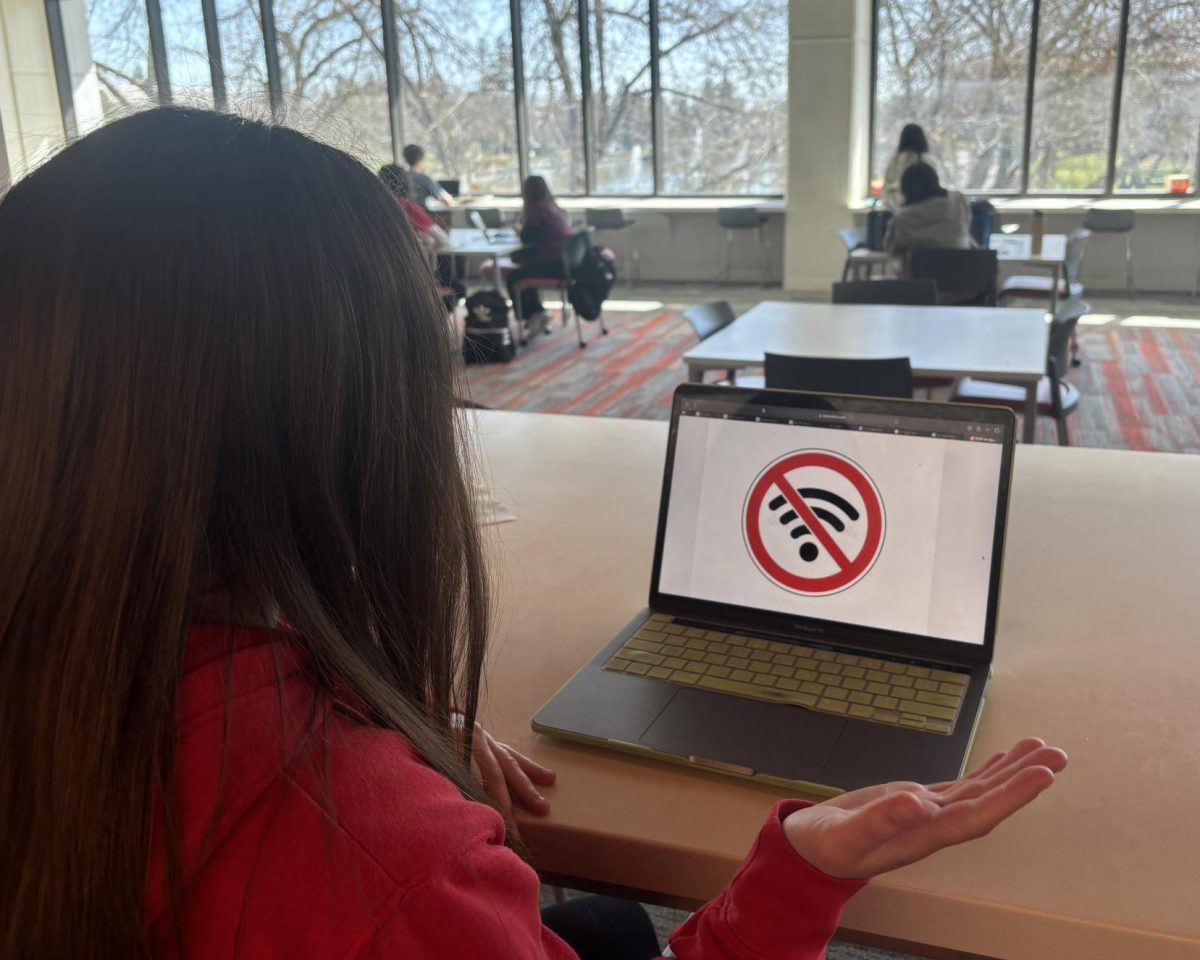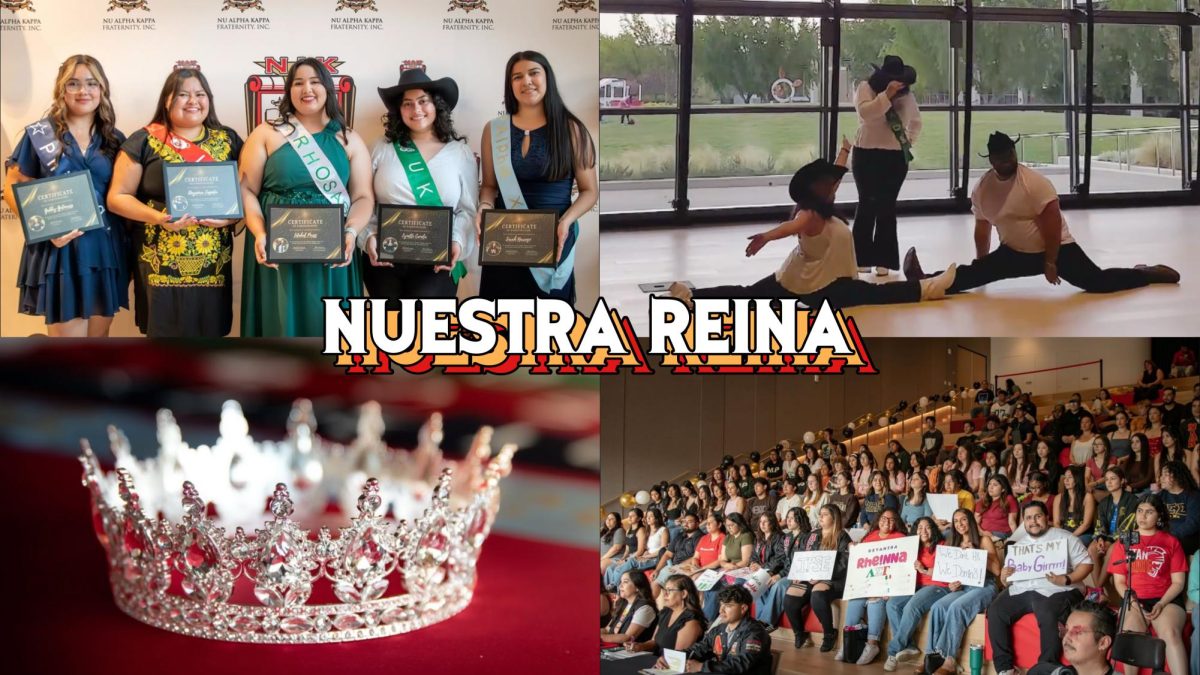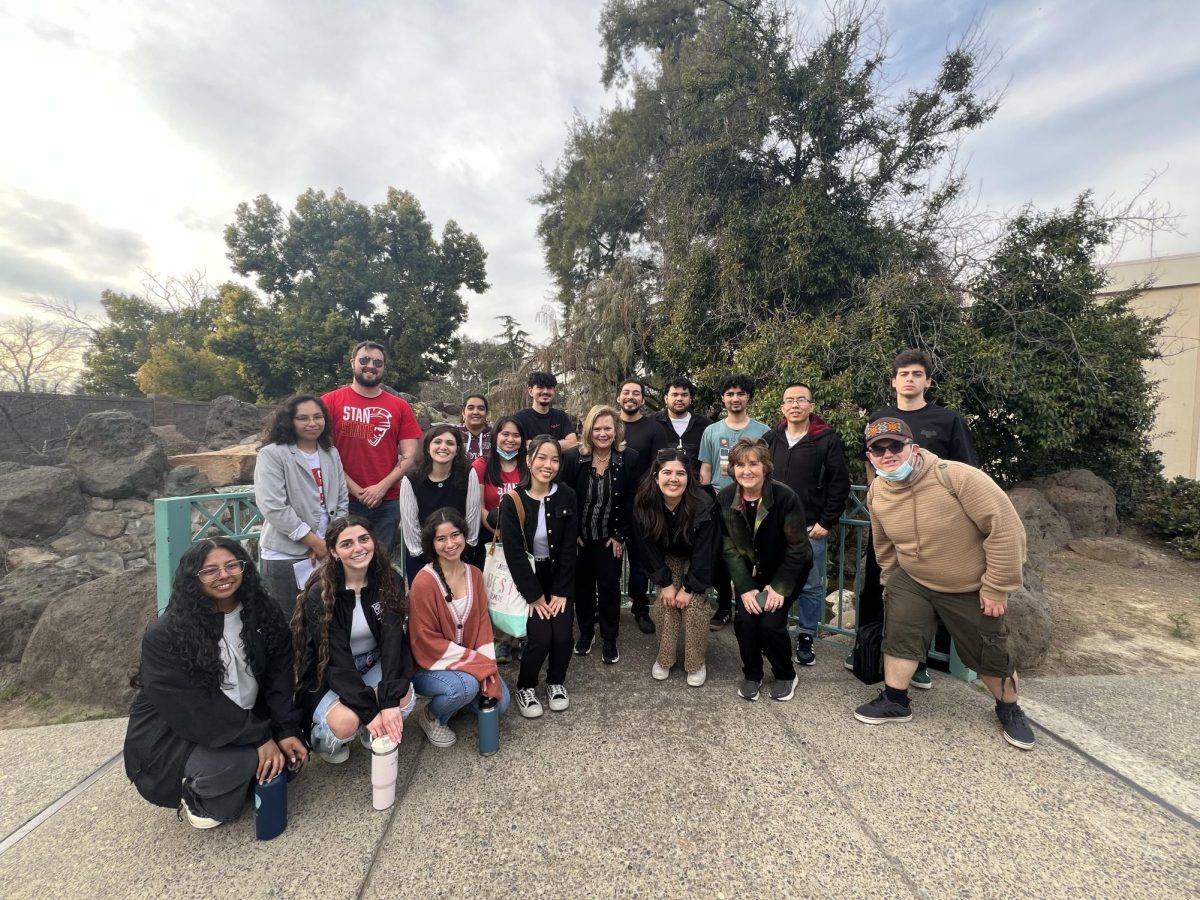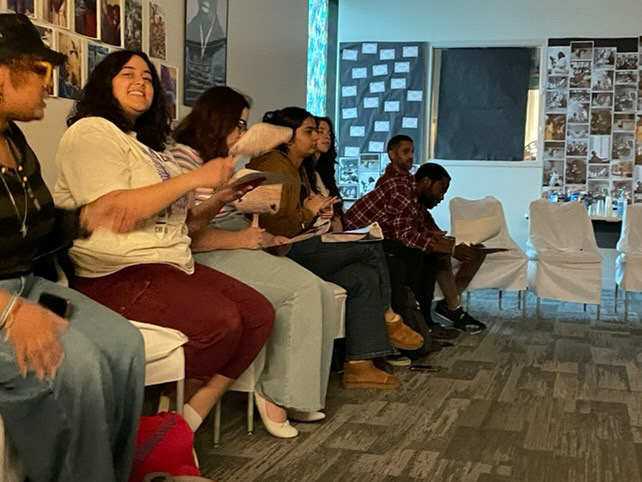The University Art gallery at California State University, Stanislaus (Stan State), will hold an exhibition based off of Andrew Cain’s I don’t wanna grow up from Aug. 24 through Oct. 28.
I don’t wanna grow up holds fifteen portraits representing comic book characters. Despite the many conversations, themes, topics and forums about the comic book industry, I don’t wanna grow up reflects Cains’ trek as a child.
The series began after the death of Australian artist, Gordon Bennett in 2014. According to Cain, Bennett was a role model for Cain’s artistic and creative process. Bennett’s, But I always wanted be one of the good guys, was an art piece Cain was influenced by heavily.
Although, Gordon Bennett was an artist of little conversation, Cain had an opportunity to speak with him during his studies in Australia. Cain saw him as a mentor from a distance, “His work spoke to me more than I can ever get from him.”
The first piece Cain created was, I always wanted to be a hero. The villain speaking, “Fuck ‘em.” The piece represents the start of finding his identity through his art work.
The gallery holds portraits, sculptures, video projections and a video game set.
The first part of the gallery holds the fifteen portraits associated with pictures of children on the floor.
During Cain’s process of creating these portraits, he took to Instagram to post his comic sketches of super hero’s. Much of the feedback he received was positive and nostalgic in ways where many would acknowledge their favorite hero.
According to Cain, the more he engaged with the people the more he took to asking them about making a hero out of them.
“Each of the portraits that I made in these panel pieces, there’s a portrait of that person in that conversation on the wall along with their favorite superhero,” Cain said.
All fifteen portraits represent friends, family, mentors, colleagues and students from Stan State.
What was meant to be fifty portraits, became a combination of fifteen portraits that reflect his past and relationships among the various people in his life.
“I took all these different comic books and all these different scenes from comics that I personally grew up with and always remembered,” Cain said.
University Art Gallery front desk, Chris Benson related to a few portraits, especially Daredevil and Iron Fist, “because his yellow costume had flare and his chest tattoo spoke to me just something different.”
The first section of portraits in the gallery also includes an American flag with a juxtaposition of comic sheets spread across the flag. According to Cain, the flag reflects as the closer in the gallery and the “current state of the country of people fighting the good and the bad.”
The second portion of the gallery holds, King of the yard, modeled body casts framed on the wall leading up to a wrestling belt. The framed modeled body casts reflect Cain’s childhood when he wrestled with his brother and step brother up to the age of 18.
As viewers pass by, Cain emphasizes a general nostalgic memory lane with the projector and video game sets.
The projectors feature Saturday morning comic book cartoons played in a loop. The projectors are distorted at an angle to represent a child looking up at a screen.
Behind the projectors are sculptures of comic book hero’s and villains representing idols of Demise, Devotion and Sacrifice. They also represent parents overlooking the projectors. As if they were supervising what their child was watching.
Despite the television set being a product of art and nostalgia from the frustration in “blow-insert-reset the game”, Game on is also open for use and play.
Game on represents the communal experience Cain had as a child when he played Nintendo 64 and Super Nintendo consoles with his friends.
According to Cain, he exposes a communal space for the viewers while also sharing his child hood experience in learning how to share and be patient.
“Parents always said it’s bad to play
. That was probably the most communal thing I did as a kid with friends. You take turns [and] you learned how to share. There was always that brat in the group, but you learned a lot in that group setting,” Cain said.
The last portion of the gallery can be seen in the first section of the floor. There is a Captain America shield placed in front of the American flag. Although the flag represents a closer to his body of work, the Captain America shield reflects as an introduction to his next project.
At one point, Cain had miniature Captain America heads free for the viewers to take in exchange of writing down what their ultimate dream is.
A few dreams read from defeating Professor Chad Hunter in a tennis match to being God. Ultimately, Cain views these diverse dreams as a challenging and fun experience.
Despite Cain sharing nostalgia and personal reflection through his body of work, he opens his gallery as a way to connect and build relationships. The body of work he shares not only shows his mastery and passion in art, but also an invitation for viewers to interact with his work.
“To me, being an artist is always about communication with people,” Cain said. “It’s usually how it goes when you start over. You make the best friends you ever had, because you’re stripped down to everything and you have to be honest and you have to reinvent yourself every time. I think connecting with people and [the] connection you have stems from that.”
For more information, visit the University Art Gallery from Aug. 24 through Oct. 28, Monday through Saturday 12 p.m. to 4 p.m. and Thursday 6 p.m. to 9 p.m.
Categories:
Artist Spotlight: Andrew Cain
In front of the American Flag sits the Captain America shield showing as an introduction for Andrew Cain’s next project. (The Signal/Mariah Esparza)
0
Donate to Signal
Your donation will support the student journalists of California State University, Stanislaus. Your contribution will allow us to purchase equipment and cover our annual website hosting costs.
More to Discover















